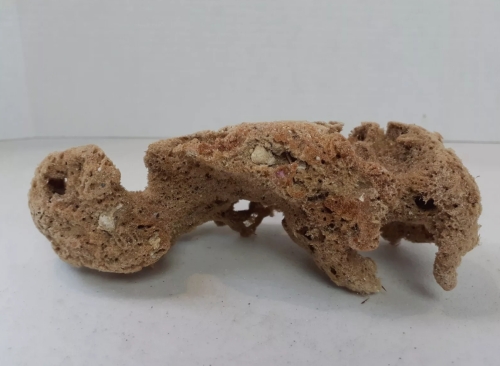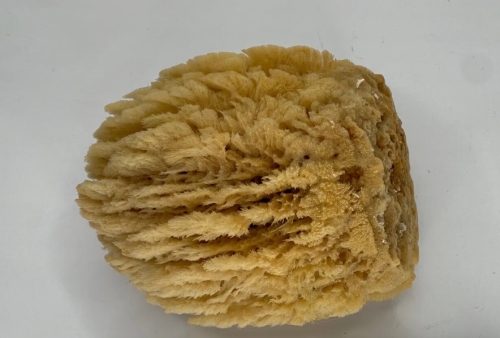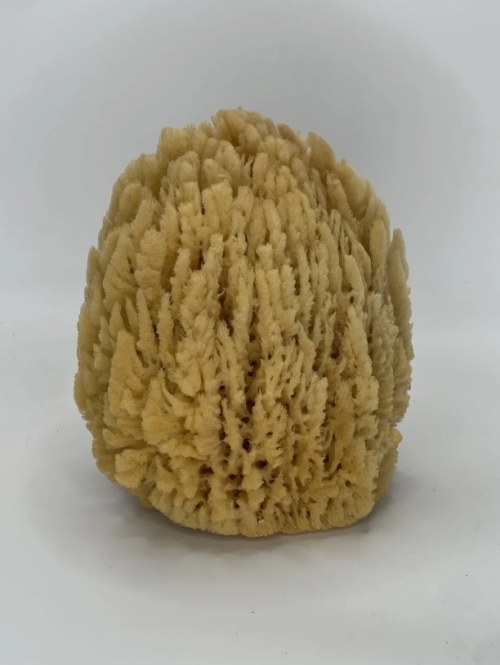Sponges are ancient and unique Marine organisms, which play a key role in the Marine ecosystem with their diverse forms and ecological functions. As one of the most primitive representatives of the animal kingdom, sponges show amazing adaptability and survival wisdom with their simple structure and lifestyle. Sponge cells do not have tissue differentiation, but they can achieve reproduction, feeding and defense functions through cell cooperation, which makes sponge an important model to study a variety of biological phenomena.
The shape of sponges is often closely related to their habitat, and they can take on a variety of forms, including columnar, flat, or dendritic shapes. The surface is usually covered with a layer of tiny pores, called stomata, which help sponges filter food from the water. In addition, sponges circulate water through a system of waterways in their bodies, a process that not only provides them with oxygen and nutrients, but also removes waste from their bodies.
In biological classification, sponges belong to the phylum spongiozoa, which has a wide variety of species and can be found in oceans all over the world, and even in some freshwater environments. Depending on their structure and habitat, sponges can be divided into several major groups, including tubular sponges, bone sponges and fire sponges. Different types of sponges are distinctive in color, texture and form, showing us the richness and diversity of nature.
Sponges are not only important sessile organisms in the ecosystem, but also habitat and food source for many Marine organisms. They improve water quality and maintain ecological balance by filtering water and removing impurities and plankton from the water. In addition, sponges themselves also have certain medicinal value, and scientists are investigating whether their extracts can be used in the medical field.
















